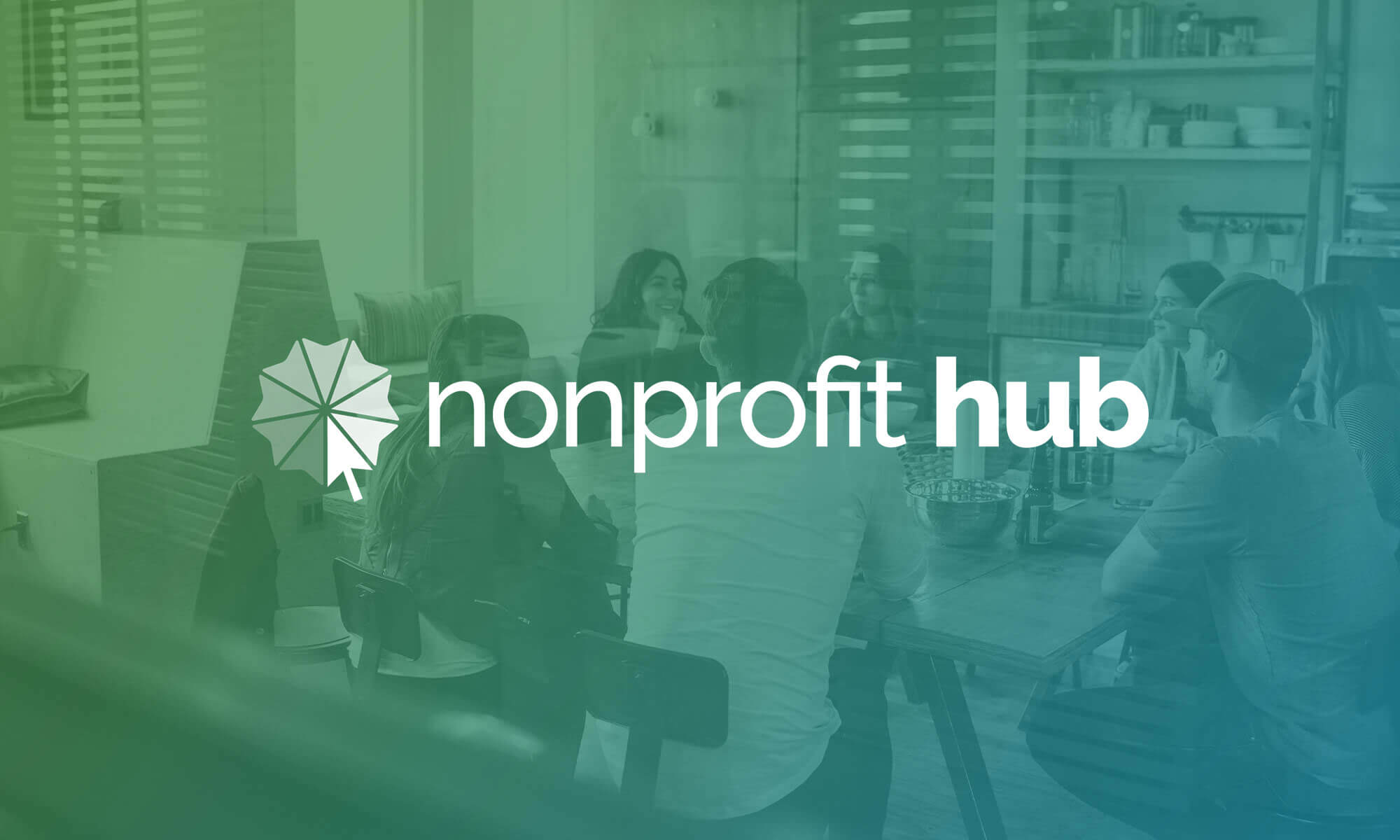“We’ve become very skilled at bringing in people who will never donate again.”
Our single-minded focus on new donors is hurting the health of our donor base, says Professor of Fundraising Adrian Sargeant.
According to Sargeant’s research, even a 1% increase in donor loyalty can increase the total value of a donor base by 100%.
In other words, even a small increase in retaining your first-time donors means huge rewards for your nonprofit long-term.
Sargeant spoke at the AFP International Conference 2013 in San Diego. Sargeant’s message is for all nonprofit professionals: We need to focus more on building donor loyalty.
1. The Snowball Effect
Why is building donor loyalty so powerful? Because donor loyalty creates a powerful snowball effect.
If you’re like the rest of us, our nonprofit organizations are constantly losing donors. Attrition is inevitable–nonprofits lose about 70% of first time donors, with the average donor relationship lasting around 5 years, according to Sargeant.
If our nonprofit loses 7 of 10 of our new donors every year, most of the new donors we get will just be replacing the old ones. This makes it very difficult to grow and scale as a nonprofit, instead of constantly trying to recover back to full strength.
Improving your donor retention bit-by-bit results in little wins that, over time, gain momentum and snowball into real organizational growth.
Instead of having to tear down and rebuild your entire revenue stream every year, your nonprofit will have a healthy foundation of loyal donors to depend on.
2. It’s All About Their Lifetime Value
The best way to measure your donor’s loyalty is by calculating the lifetime value of your donors. Here’s how Sargeant defines lifetime value:
“The total net contribution that a customer generates during his/herlifetime on a house list.”
Which is fundraising professor-talk for “the money a donor gives you throughout the WHOLE relationship.”
At the end of the day, your attrition rate doesn’t matter. What matters is keeping your most valuable donors.
3. Cultivate Your Highest Value Donors (Not Everyone!)
Once we identify donors with the highest potential or actual lifetime value, we can focus our efforts on stewarding and cultivating those relationships.
We need to make sure not to spend all our marketing, time and energy on donors that don’t have a high potential for donor loyalty.
For instance:
- Start to spend more money on acquiring those potential high-value donors.
- Invest most resources in the channels high-value donors are attracted by. (Follow the market!)
- Reactivate those donors with characteristics of loyalty. (But not those without!)
These decisions will all be based on what you find about your highest value donors. You can’t figure this out by reading a book. You have to analyze your own data.
One thing is certain, however: the best way to cultivate your highest value donors is to catch them early.
For example, one way to build consistent donor loyalty is to encourage regular, monthly donations instead of larger one-off donations. This creates a consistent relationship and provides a dependable, recurring monthly income for your organization. But it’s difficult to develop this pattern once a donor is habituated to an annual gift.
Finally, focus on the donors whose satisfaction level is already high. Maintain your great relationships. Don’t spend as much time on those who are indifferent or dissatisfied.
Thank your true fans. Involve them. Reward them with your personalized attention.
Building donor loyalty is about building relationships with those who care about your cause.
Don’t neglect your biggest fans. Treat them like the heroes they are.






